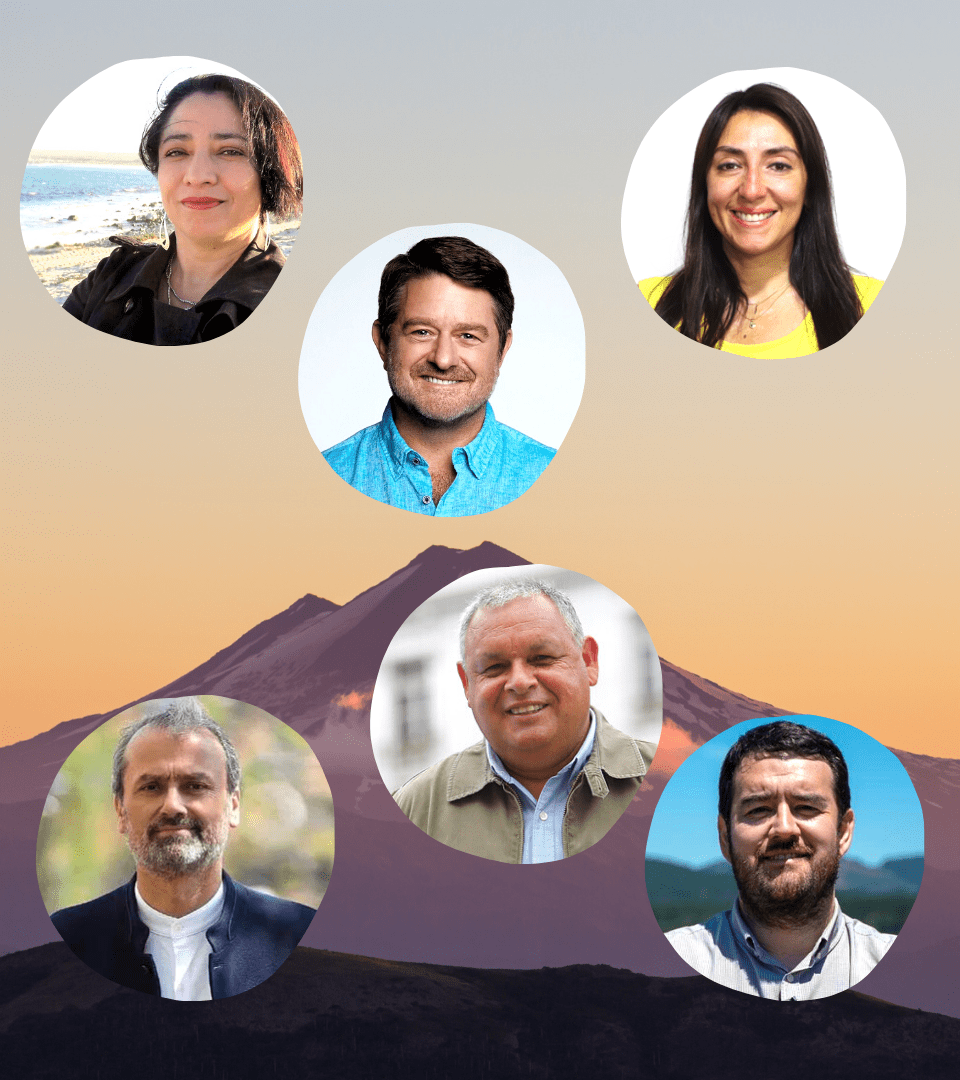“I’m middle class.” This is the way that nearly 70% of Chileans answer the question of where on the socioeconomic scale they stand. Within this self-definition there are fewer poor and rich than what the figures show. There is a seductive quality in the values associated with being middle class; issues like merit as opposed to inheritance. There is a certain gregarious logic in this, as it makes us members of a large and cohesive group, although in today’s reality the world is splintered into multiple identities.
The middle class currently is also the favorite sector of politicians of all stripes. The common person has faded away and given rise to the “child of capitalist modernization,” in columnist and university rector Carlos Peña’s words. These people operate in consumer society in a more autonomous and demanding way as diverse and even provocative social activists while enjoying a freedom that Chile has only recently come to know.
It was only in 1999 that sodomy was decriminalized. The divorce law was passed in 2004, and in 2017 the law legalizing abortion on three grounds was enacted.
However, the pandemic has put the spotlight back on the issue once again, and more clearly than ever has revealed the tremendous heterogeneity and insecurity that affects a large part of this population, overburdened by debt and the rising cost of living. The need to target fiscal aid finally gave rise to a real underlying discussion: Is earning $2 million in household income, for example, enough to be considered rich and thus be excluded from state aid in critical times like these? According to the OECD, a Chilean household with that level of income is within the richest 10% of the population. You can see the figures for yourself here: https://www.compareyourincome.org/es.
As it happens, $2 million is four times more than the average salary earned by Chileans in the country. Therefore, it is a high salary. At the international level, this same income is the precise average in developed countries. The poverty line in the United States is US$ 26,000 annually for a family of four, which is almost $1.6 million per month per household, well above what our middle class receives in income. It is true, the cost of living is different, but in Chile there has been an increasing rise in rents and property value that puts us in a housing access problem similar to many rich countries.
It is a mistake to set the boundaries of what middle class is by income alone. Let’s begin, for example, with the way income is generated: usually the middle class gets its income from work, which is what allows it to finance its lifestyle, in some cases a comfortable one with room for certain luxuries, but it is tied to maintaining employment income. Their first feature is that they are workers, usually employees, but not necessarily always, as there are also merchants or owners of medium and small businesses in different fields. Employment provides them with autonomy to not identify with the exploiters and to not necessarily feel exploited. Here then is a first explanation for the high percentage of people self-identified as middle class: the number of people who live from their work far exceeds the middle class monetary threshold. This is how a $3 million-income household lives according to the same logic as a $1 million- income household: they both live on their salary, pay their debts, finance their schools, fund their healthcare, and contribute to their pension. And conversely, everyone stands to lose what they have gained when things are not going well and employment is scarce.
A second feature is that the capital they most value and aspire to possess is educational capital. The middle class builds symbolic capital with the education it can provide for its own. That capital would deliver a return both in terms of moving up the social ladder and opening up worlds and opportunities. At least that has been the promise. The middle class bases its position on education: having it builds a safety net that should protect it from falling into poverty, or it can be used to build a bridge with access to more income in the future.
Here is a second explanation for why so many people identify as middle class: across the entire social pyramid there is a conviction that education is the way. The rich are rich in money, but they also regard merit and effort as the most productive way to live life, and the poor struggle daily so that their children can have a better education than their parents.
From this perspective, the fact that an overwhelming percentage of the population feels that they are middle class is not at all contradictory. These are people who live by their work, who may also lose their position without employment and who aspire to build and advance their family’s life based on education. Perhaps, over the course of the pandemic, the breadth of the group that feels middle class has effectively advanced the reassessment of social aid policies.
Income targeting still has value given the precarious nature of poverty, but it is clearly no longer enough. The universal nature of public assets is a fact that the pandemic has highlighted and is one of the most heartfelt demands coming from the social unrest and even from before with, for example, the calls for free university education. Which is why, when asked, “Are you middle class?” it is most likely that almost everyone will continue to answer positively, and given the symbolic power that identifying as such carries, they will not be wrong.
(*) Alejandro Sáez is a journalist from the Catholic University (PUC) and Director of Strategic Communications and Studies at Azerta.


